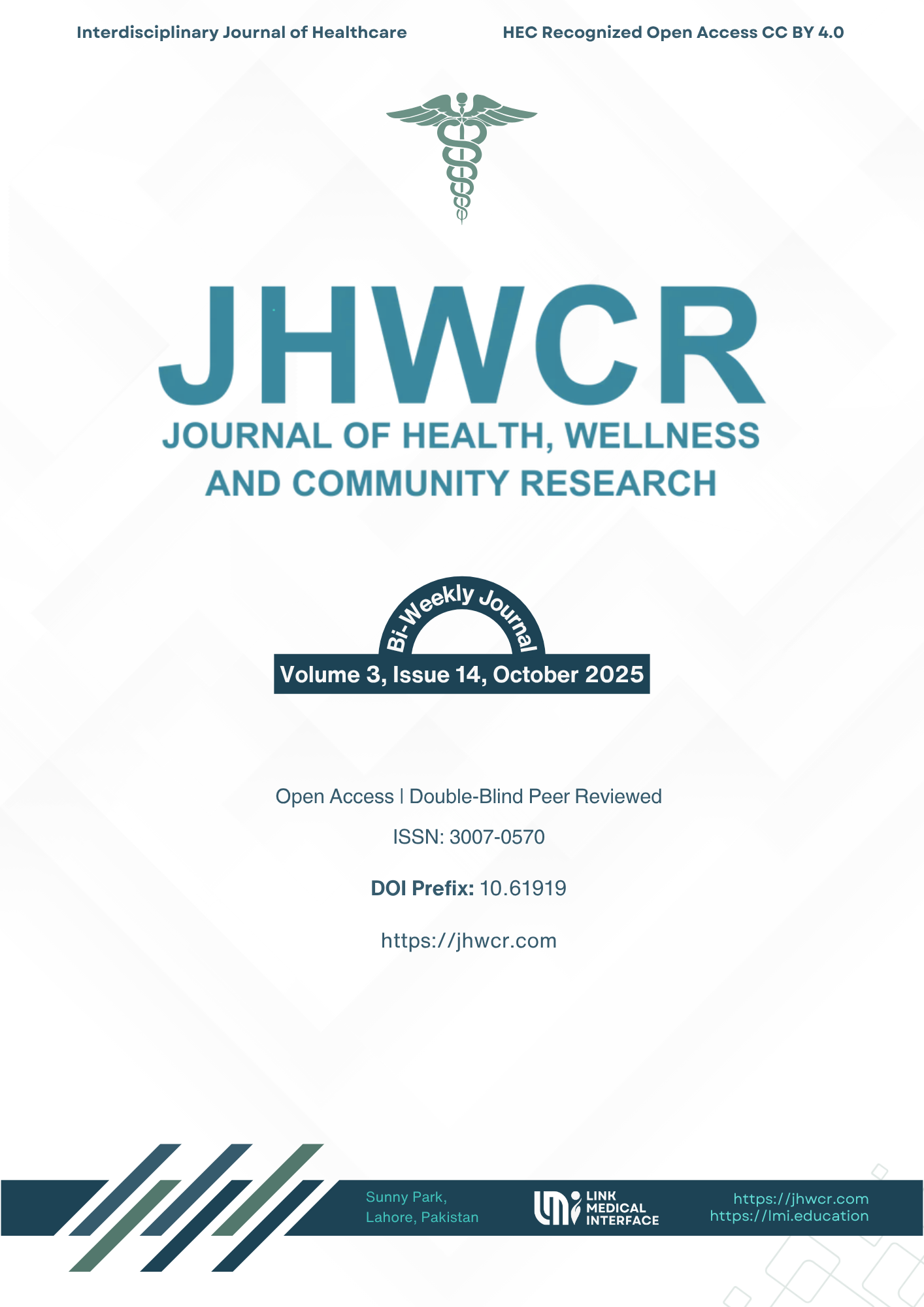Comparison of Total Intravenous Anesthesia (TIVA) vs Inhalational Anesthesia on Recovery Profile in Day Care Surgeries
DOI:
https://doi.org/10.61919/9v1r7j53Keywords:
Total Intravenous Anesthesia, Inhalational Anesthesia, Recovery Profile, Day Care Surgery, Postoperative Nausea and VomitingAbstract
Background: Ambulatory or day care surgeries have revolutionized perioperative care by enabling patients to undergo surgical procedures and return home the same day, improving efficiency, reducing costs, and enhancing patient satisfaction. The choice of anesthetic technique plays a crucial role in ensuring rapid emergence, stable hemodynamics, minimal postoperative complications, and early discharge. Total intravenous anesthesia (TIVA) and inhalational anesthesia are the two primary techniques, but their relative effects on recovery profiles remain debated. Objective: To compare the impact of TIVA versus inhalational anesthesia on recovery time, postoperative nausea and vomiting (PONV), pain scores, and discharge readiness in patients undergoing elective day care surgeries. Methods: A prospective comparative observational study was conducted on 60 adult patients (ASA I–II) undergoing elective day care procedures. Participants were allocated to either TIVA (propofol-based) or inhalational anesthesia (sevoflurane or desflurane). Recovery outcomes were assessed using the Modified Aldrete Score, incidence of PONV, postoperative pain (VAS), and hemodynamic stability. Statistical analysis included independent t-tests and Chi-square tests with significance set at p < 0.05. Results: Patients receiving TIVA achieved discharge readiness significantly faster (18.5 ± 5.2 min) than those receiving inhalational anesthesia (25.6 ± 7.3 min; p = 0.01). The incidence of PONV was lower with TIVA (10%) compared to inhalational anesthesia (30%; p = 0.02), and pain scores were significantly reduced (VAS 2.1 ± 1.4 vs. 3.8 ± 2.1; p = 0.04). Hemodynamic parameters were comparable between groups. Conclusion: TIVA provides a superior recovery profile in day care surgeries, offering faster discharge readiness, reduced PONV, and better early postoperative pain control compared to inhalational anesthesia. These advantages make TIVA a preferred option in ambulatory anesthesia practice.
Downloads
Published
Issue
Section
License
Copyright (c) 2025 Mukhtiar Ahmad, Hussnain Mushtaq, Muhammad Farrukh, Muhammad Noman, Mubashra Jabbar, Tehreem Aslam, Isha Fatima (Author)

This work is licensed under a Creative Commons Attribution 4.0 International License.


